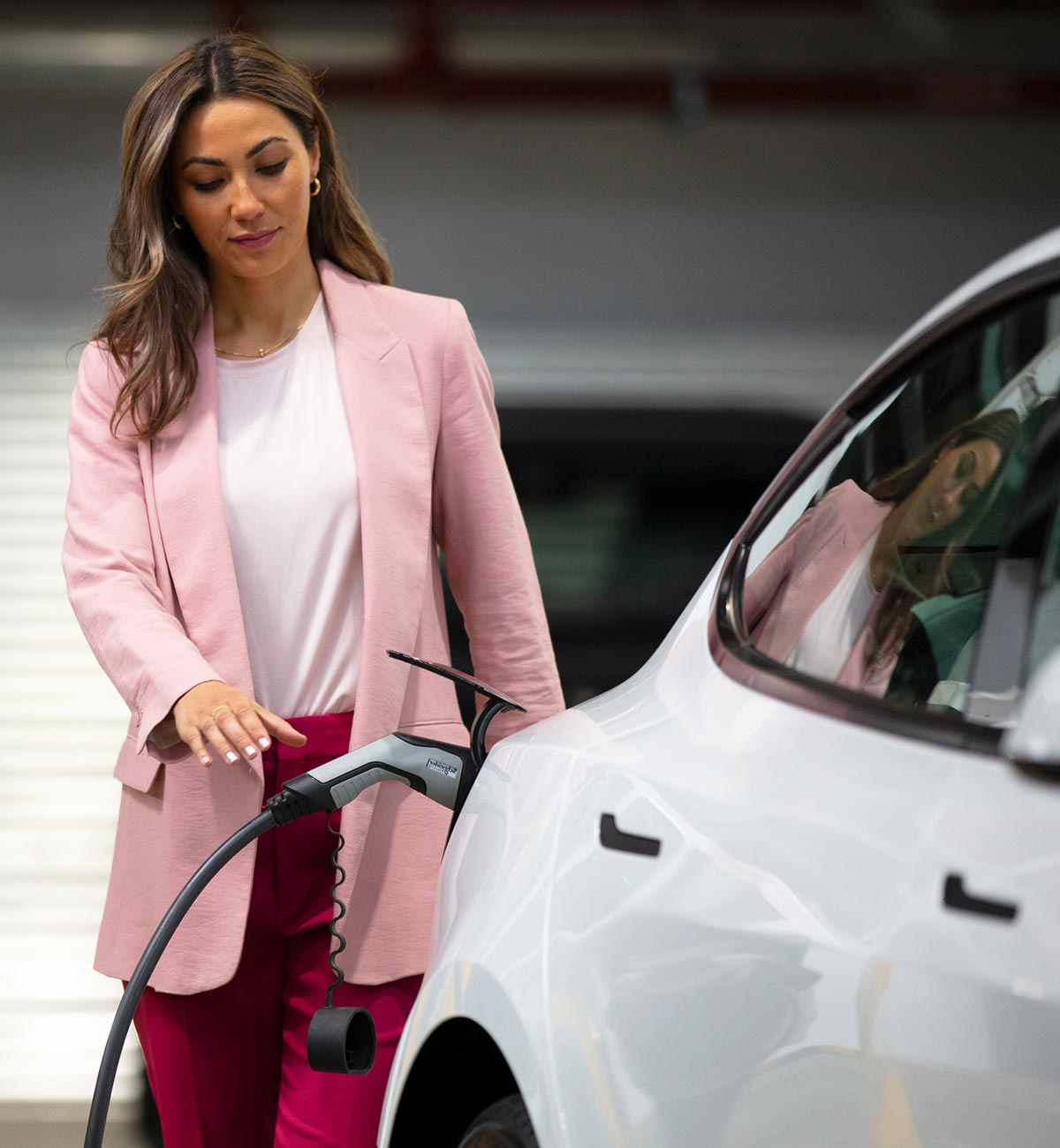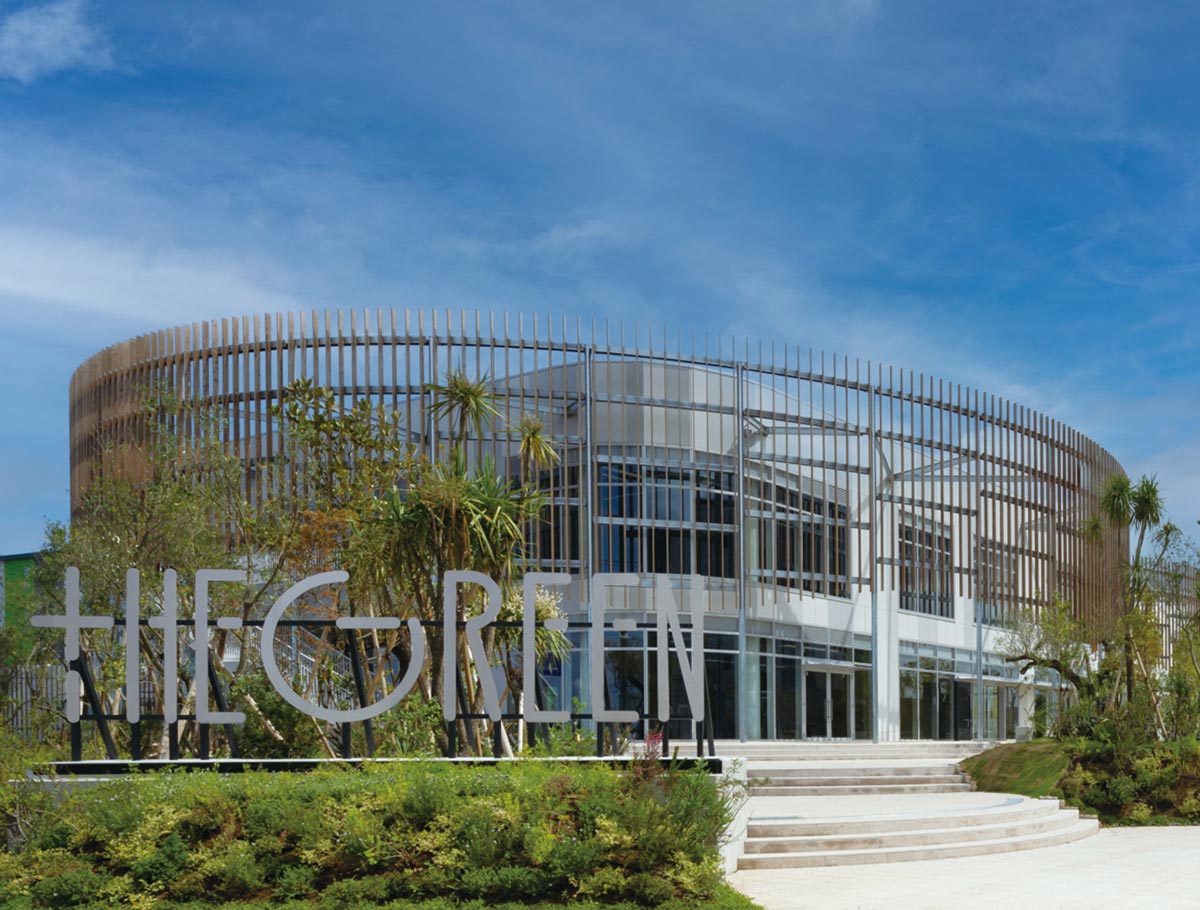
A responsible, long-term approach to property
Our logistics properties have become essential infrastructure for the storage and movement of goods around the world. We acknowledge this leads to environmental and social challenges and that it’s our obligation to build and manage desirable and well utilised properties in a responsible manner.
This presents opportunities for Goodman to contribute to meeting global challenges such as using renewable energy, reducing emissions, waste and water, and creating employment within better, safer workplaces. We believe our response will help to provide sustainable returns for our stakeholders over the long term. This is why sustainability is embedded into our business strategy and our operations, and why we believe our ESG targets fundamentally improve what we do.
Authentic and positive change
Driving authentic and positive change is important to Goodman. Our growth and success are due to a business strategy that is focused on the long-term, not the quick wins, and a leadership team that is empowered to assess investment decisions accordingly.
Positive economic, social and environmental outcomes are crucial to our financial sustainability. Regulators, customers and capital markets are driving change and the clear integration of ESG priorities into our core business has never been more important. We believe the measures and investments we are making today respond to these changes while also supporting our financial returns.





